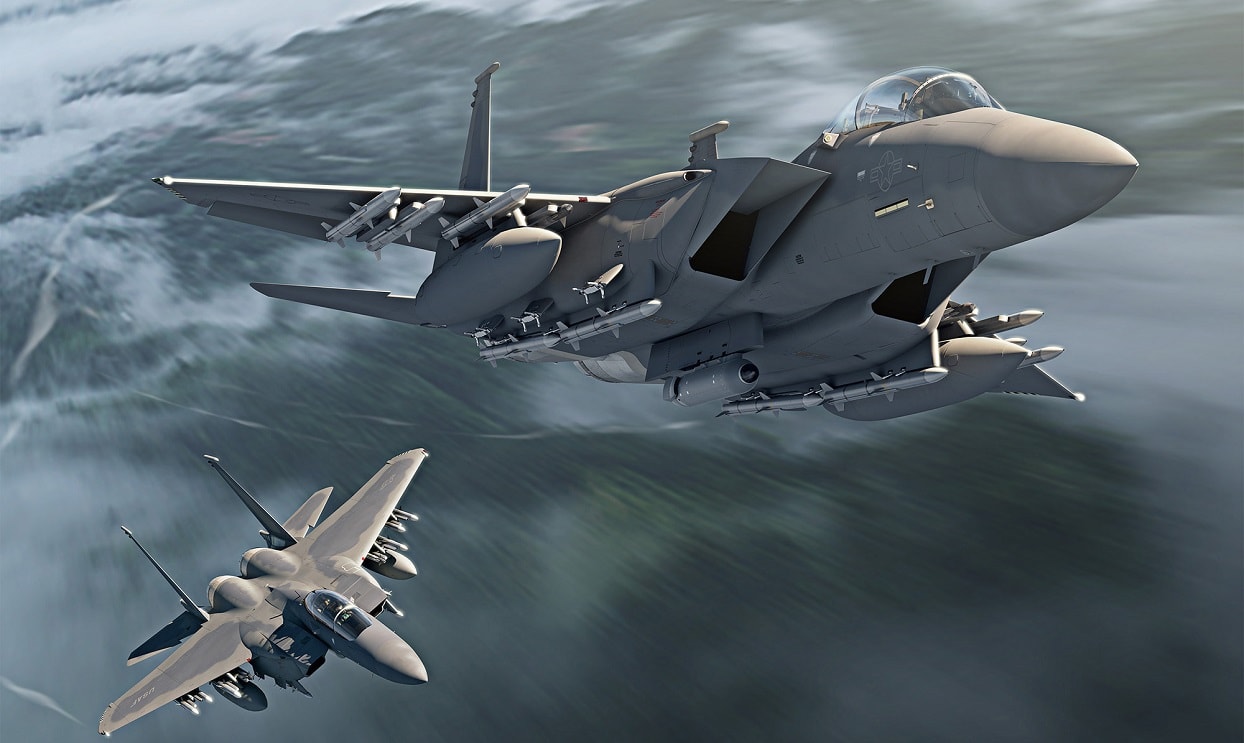Given the potential threats from near-peer adversaries including Russia and China, the best course of action for the United States Air Force would be to abandon those plans to revive its fourth-generation under the F-15EX program, and instead put greater emphasis on building more F-35A aircraft. At the same time, the service should be looking forward to the next generation.
Those were the findings of a paper released last month by the Mitchell Institute for Aerospace Studies.
Heather R. Penney, a senior resident fellow at the institute and a former U.S. Air Force F-16 pilot, warned that the Air Force won’t save money by investing in older technology, nor will it be suited to addressing threats from our adversaries.
“We believe that ramping up the F-35 is the best solution while we need to look towards the future,” Penney told this reporter in a phone interview.
Even as Penney remains a staunch supporter of the F-35, she also maintained that the Air Force shouldn’t put all its eggs in a single Joint Strike Fighter basket, however.
“There is the need to begin to consider an alternate fighter,” Penney explained. “The F-35 is still a 20-year-old design, and that includes its airframe and network system. Even if you are a supporter of the F-35, you need to realize that it was developed in a way that makes modernizing it complex progress. It can be upgraded and improved, but there are limitations – including in the airframe and its components. The Air Force should have never been forced in a single program.”
Throughout the Cold War era, the service continued the development of multiple aircraft. While the F-35 can do the job of multiple aircraft, the U.S. military should still be considering the capabilities of sixth-generation aircraft – because it is certain that the Russians and Chinese militaries are thinking ahead.
Many old platforms like the B-52 Stratofortress can be continually upgraded, and by the time that Cold War bomber finally is retired it could have been in service for 100 years. However, the role of a bomber is vastly different from that of a fighter attack aircraft, which needs to be nimble and fast. In the case of the F-35, it also has low observability – it is a “stealth fighter after all – and that is why going backwards to a fourth-generation aircraft makes little sense, the Mitchell Institute’s report noted.
“The best choice and really the only reasonable choice for the U.S. Air Force is to accelerate the F-35 while aggressively pursuing a new fighter airframe,” said Penney.
This would be in addition to the current highly classified Next Generation Air Dominance (NGAD) program that could start fielding aircraft in the 2030s. Penney agreed that the Air Force should remain committed wholeheartedly to that program – while also focusing beyond it.
In the short term, she called up the Air Force to pull the plug on the F-15EX, and for the aging F-15s as well as A-10 Warthogs to be replaced on a one-to-one basis as the F-35s come online. To fill the void, the Air Force will need to extend the life of its F-16s, while also retaining and modernizing the F-22 until the NGAD is ready.
“We have a lot of ground to make up,” she added. “Russia has been testing the waters to see if we are up to protecting the global arena. That is the same model that China is following with its own fait accompli. We don’t want to go to war, but this is about peace through strength. We need to understand that China’s goals aren’t aligned with ours and we need to wake up to the fact that we are very much in a Cold War.”
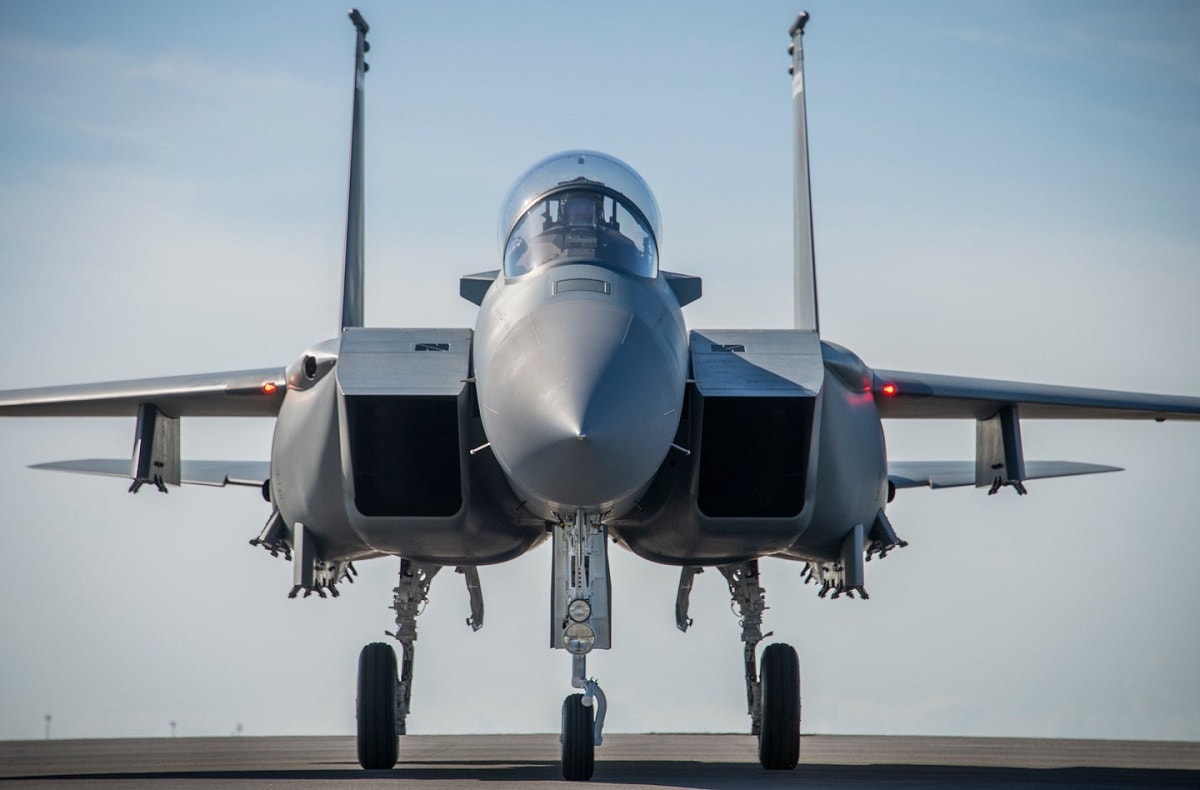
Image: U.S. Air Force.
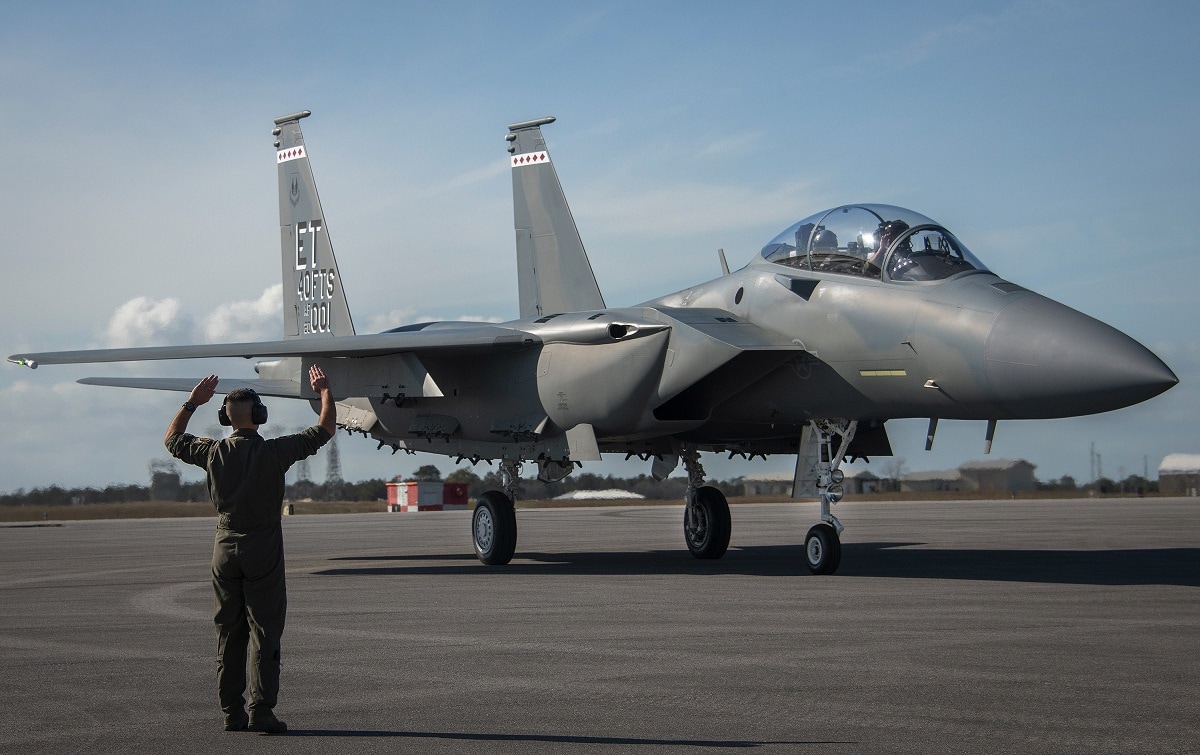
The F-15EX, the Air Force’s newest fighter aircraft, arrives to Eglin Air Force Base, Florida March 11. The aircraft will be the first Air Force aircraft to be tested and fielded from beginning to end through combined developmental and operational tests. The 40th Flight Test Squadron and the 85th Test and Evaluation Squadron personnel are responsible for testing the aircraft. (U.S. Air Force photo/Samuel King Jr.)
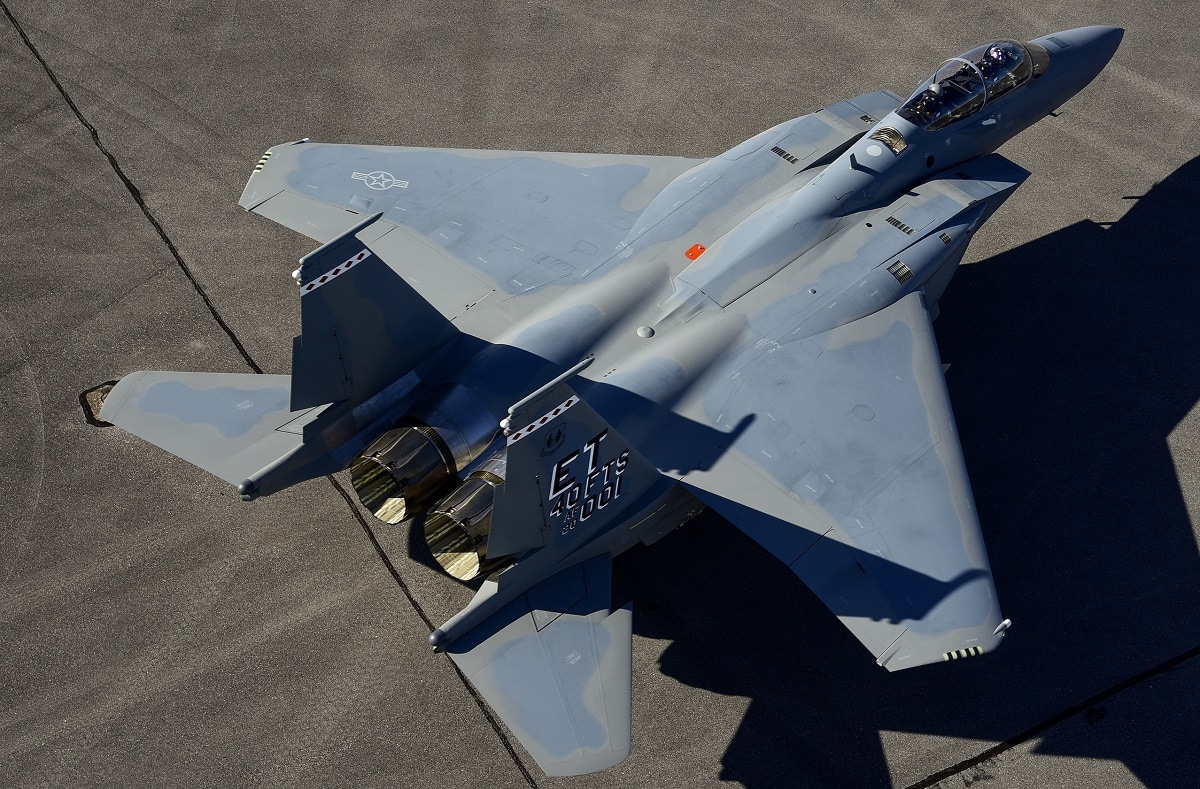
The F-15EX, the Air Force’s newest fighter aircraft, arrives to Eglin Air Force Base, Florida March 11. The aircraft will be the first Air Force aircraft to be tested and fielded from beginning to end through combined developmental and operational tests. The 40th Flight Test Squadron and the 85th Test and Evaluation Squadron personnel are responsible for testing the aircraft. (U.S. Air Force photo/1st Lt. Karissa Rodriguez)
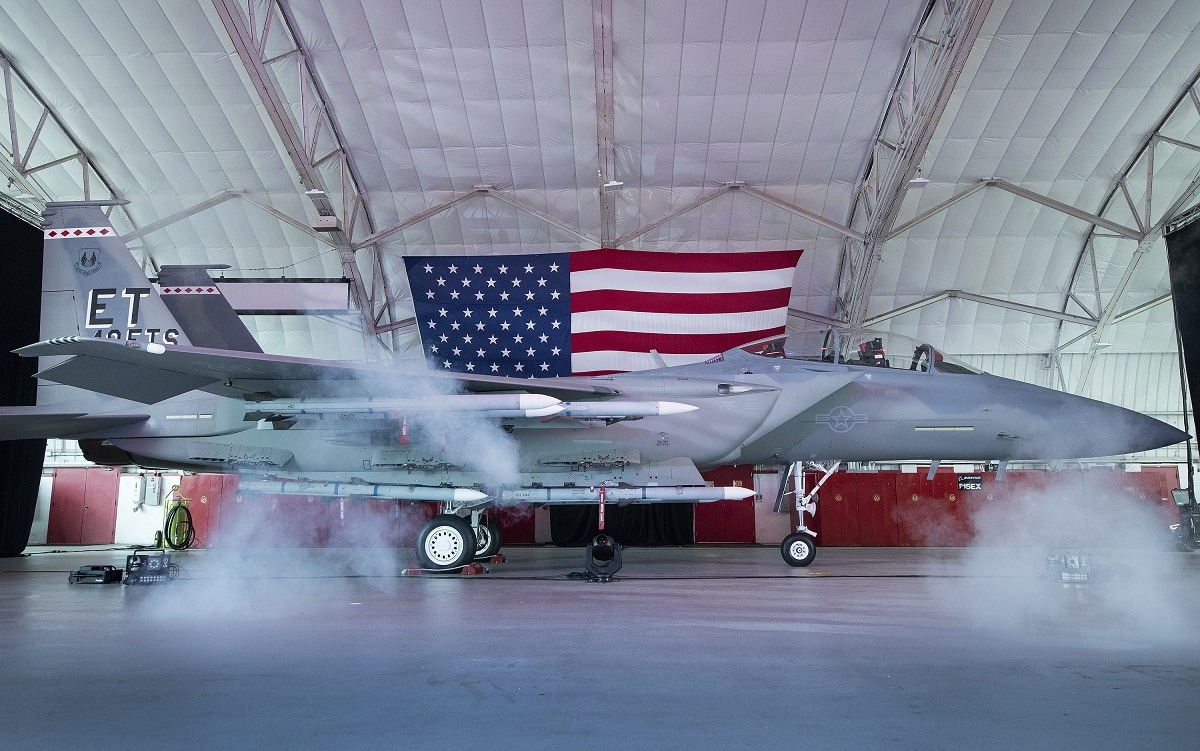
The Air Force’s newest fighter, the F-15EX Eagle II, was revealed and named during a ceremony, April 7, 2021, at Eglin Air Force Base, Fla. The aircraft will be the first Air Force aircraft to be tested and fielded from beginning to end, through combined developmental and operational tests. (U.S. Air Force photo by Samuel King Jr.)
As many are starting to see this fact, it is clear that we need more than the weapons and hardware from the last Cold War. We need the tools – including the aircraft – to ensure that we are able to maintain that peace through strength.
Peter Suciu is a Michigan-based writer who has contributed to more than four dozen magazines, newspapers and websites. He regularly writes about military small arms, and is the author of several books on military headgear including A Gallery of Military Headdress, which is available on Amazon.com.

